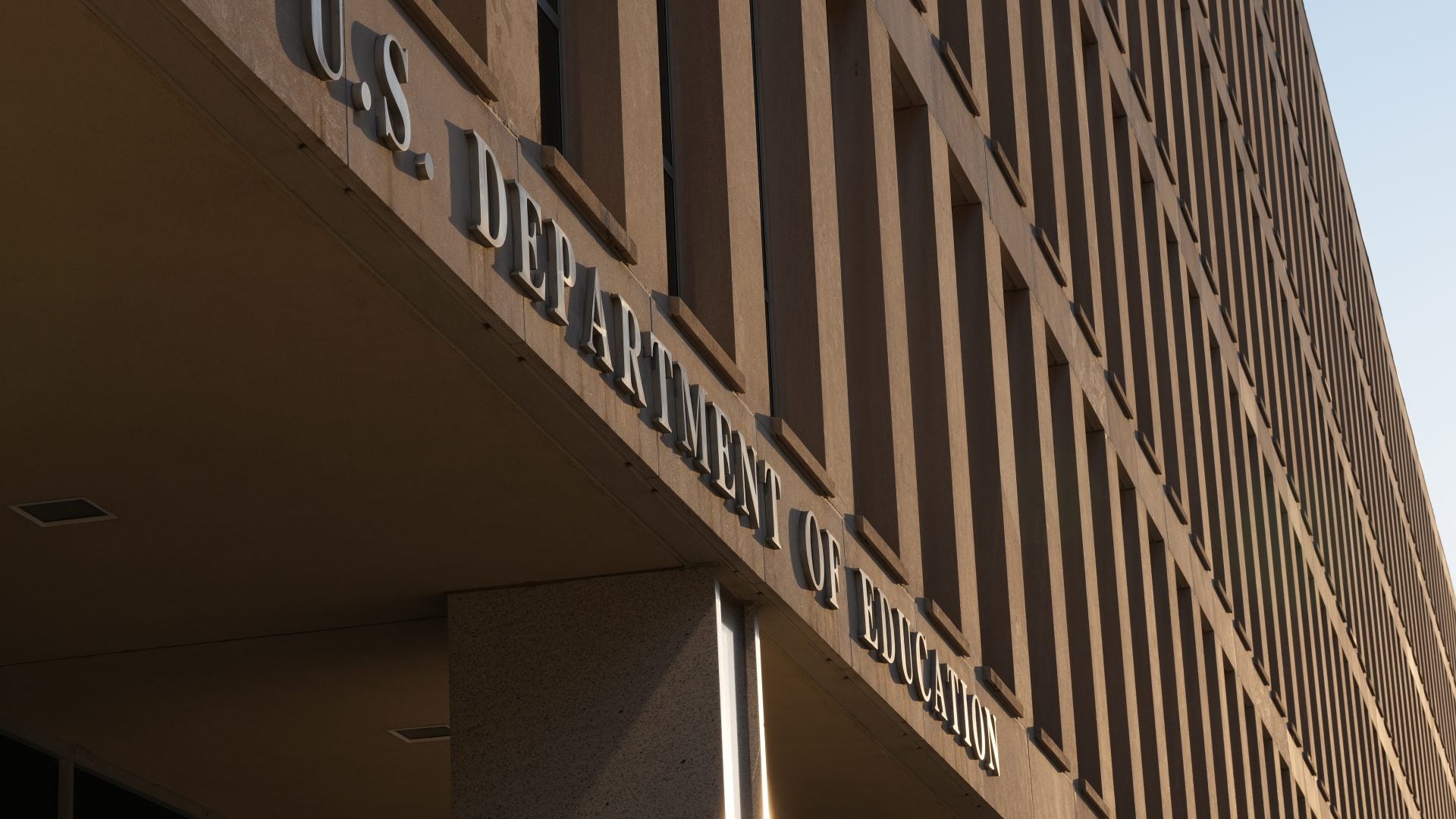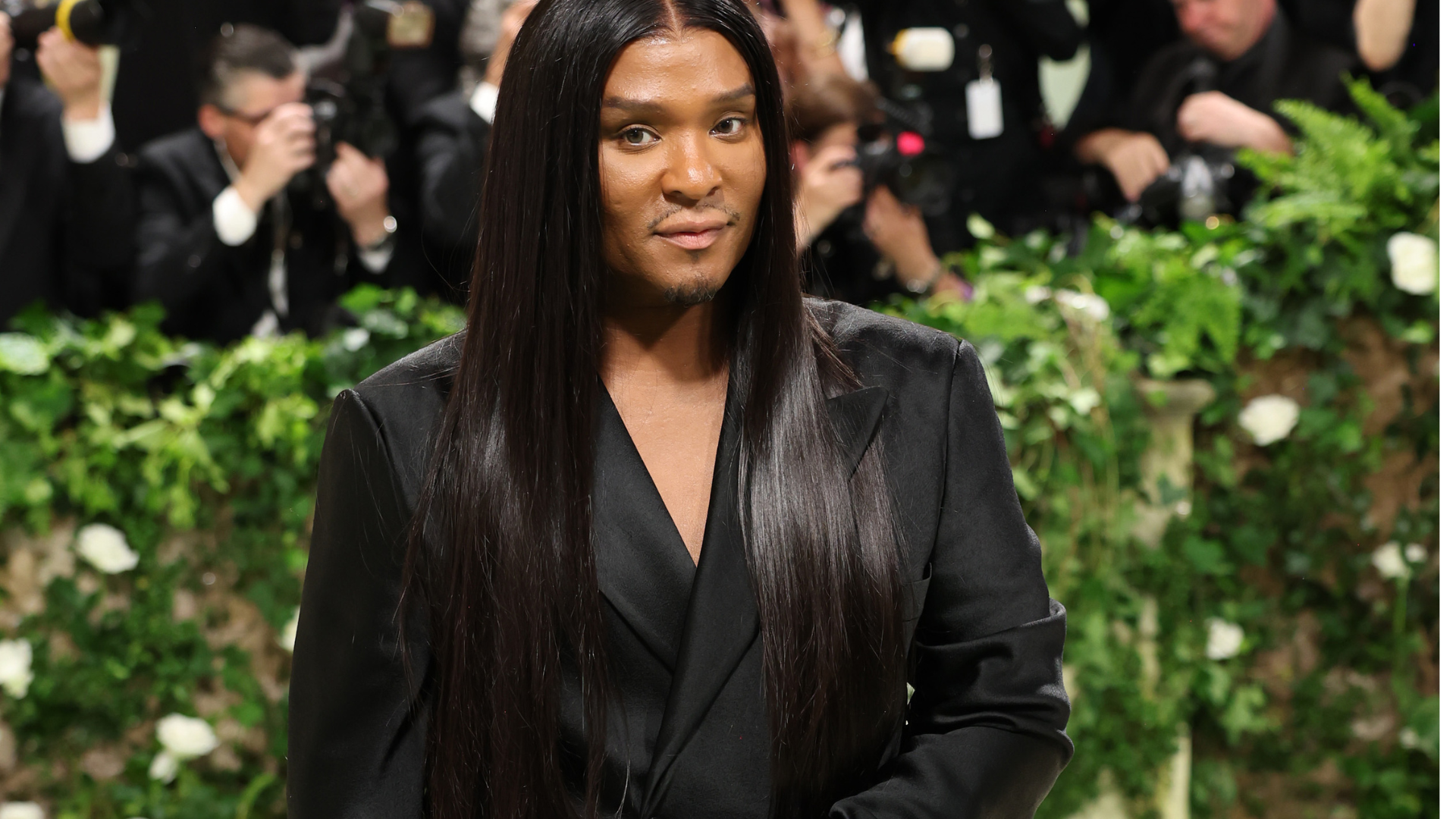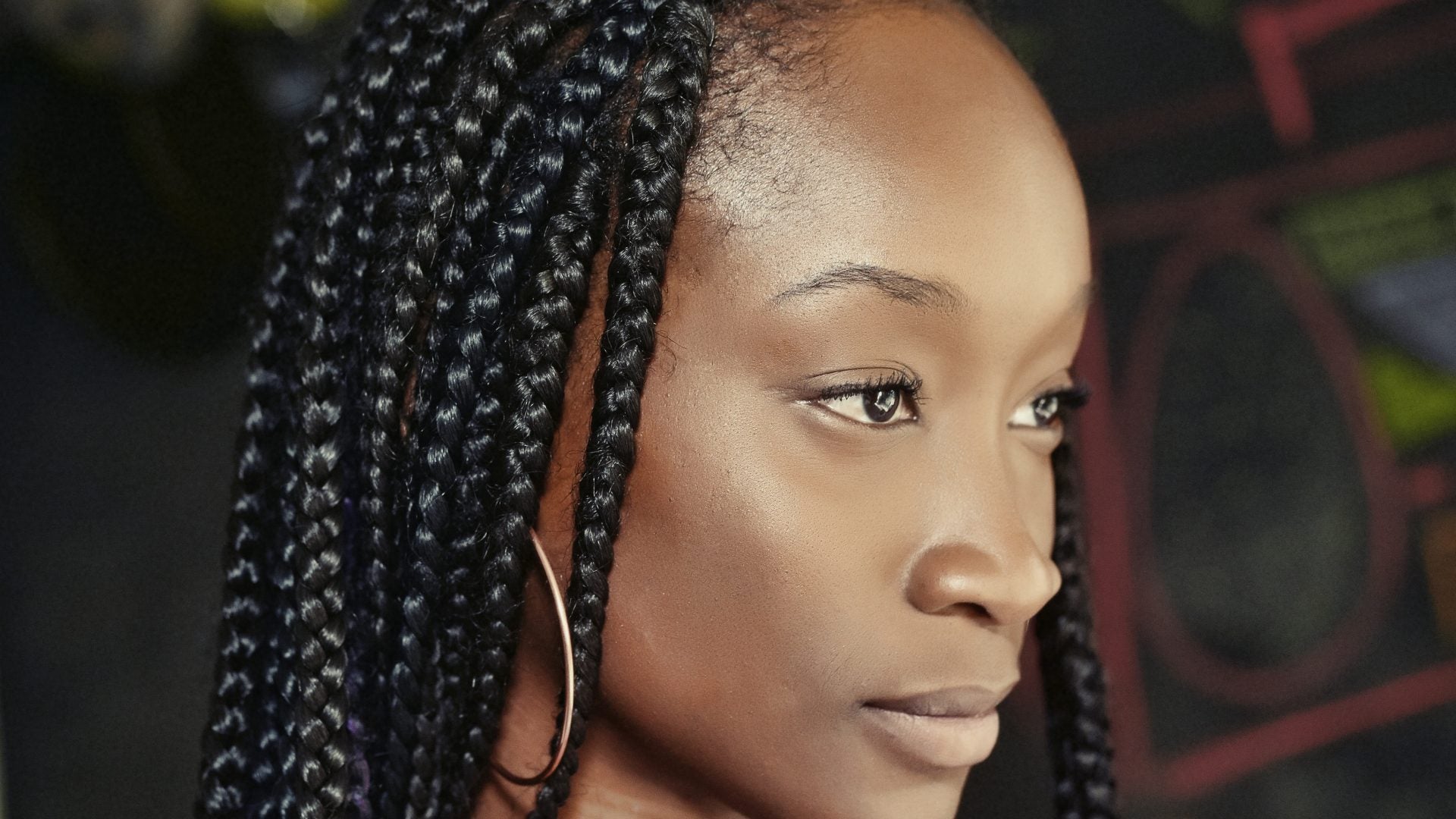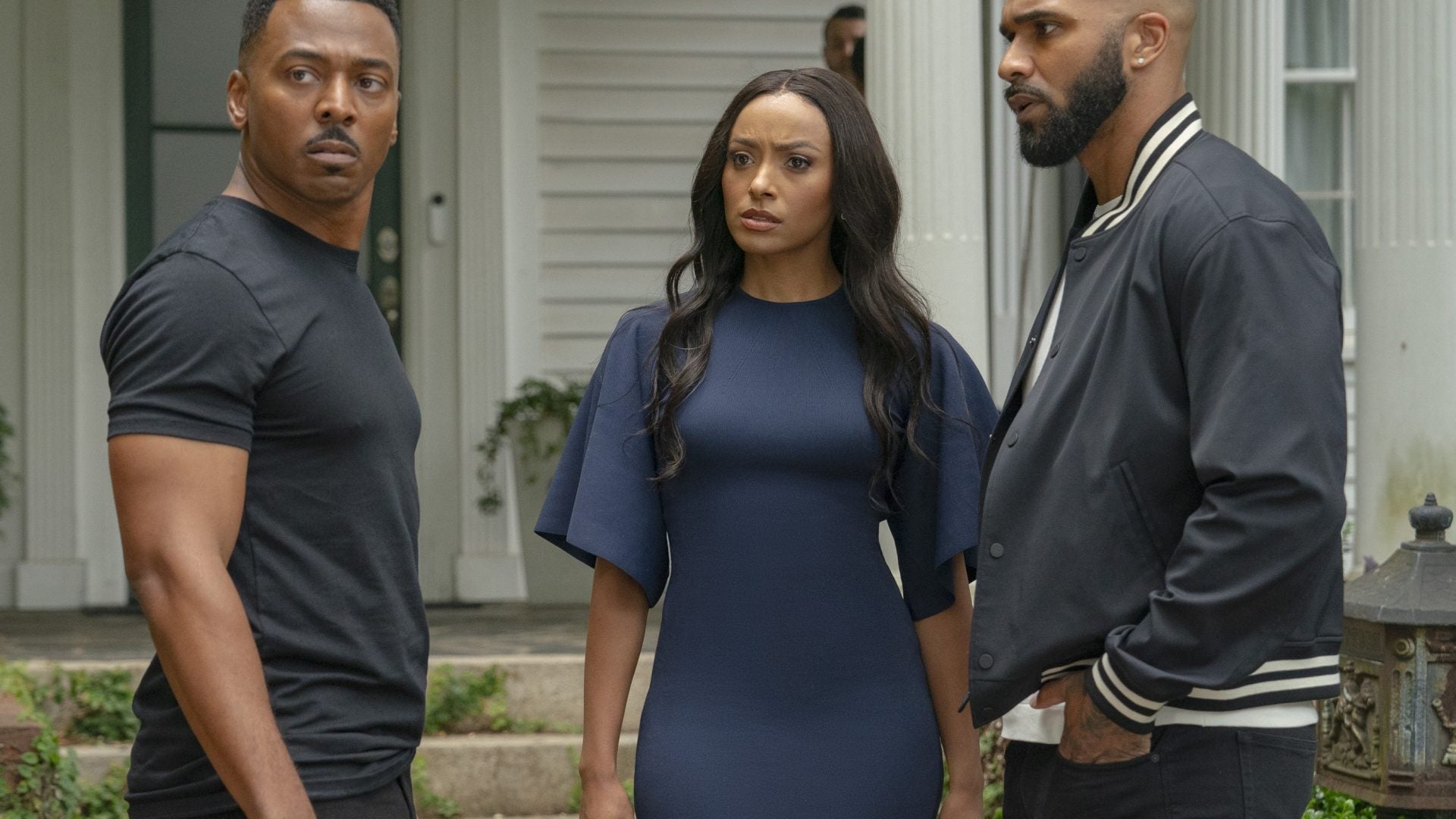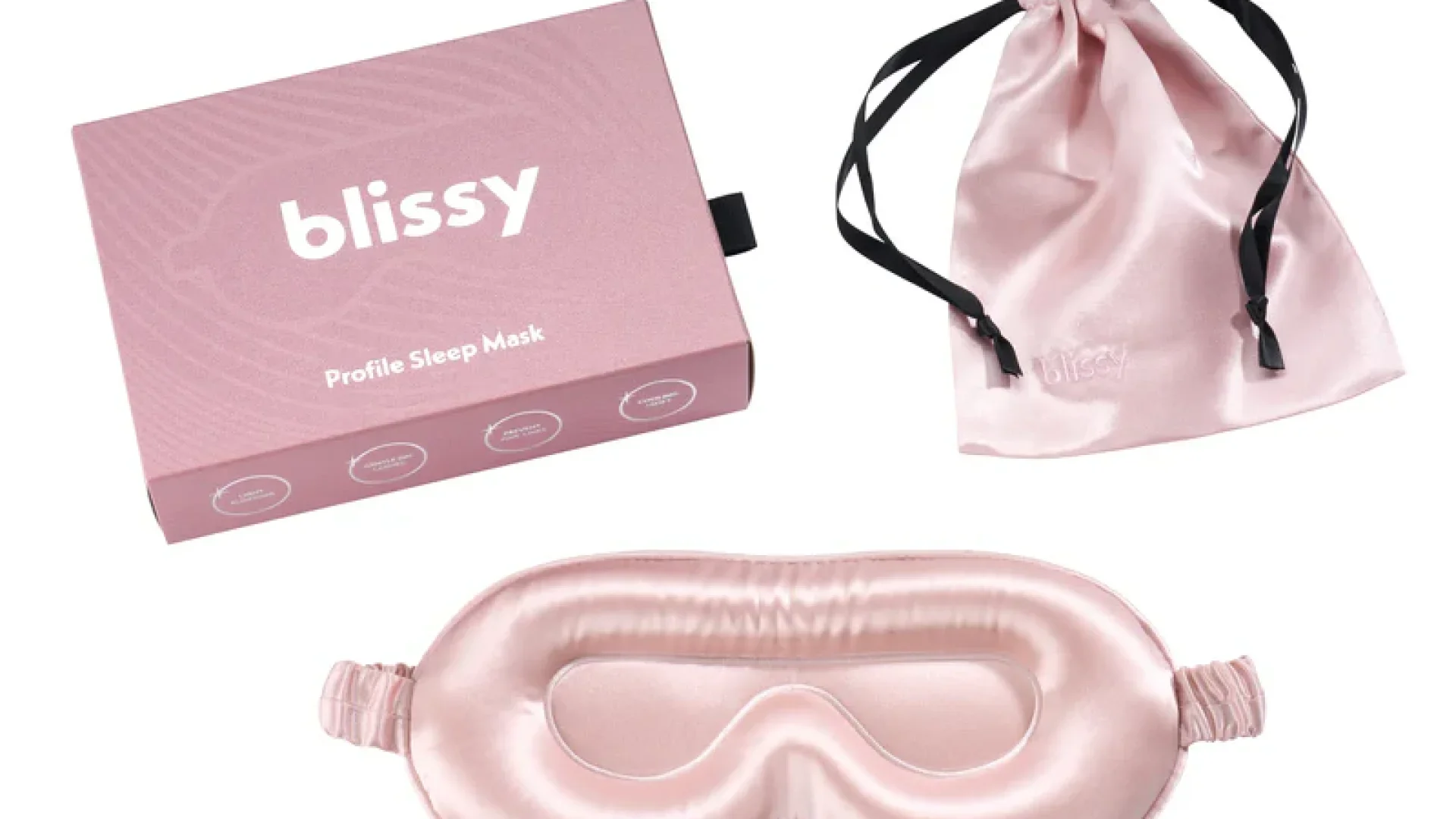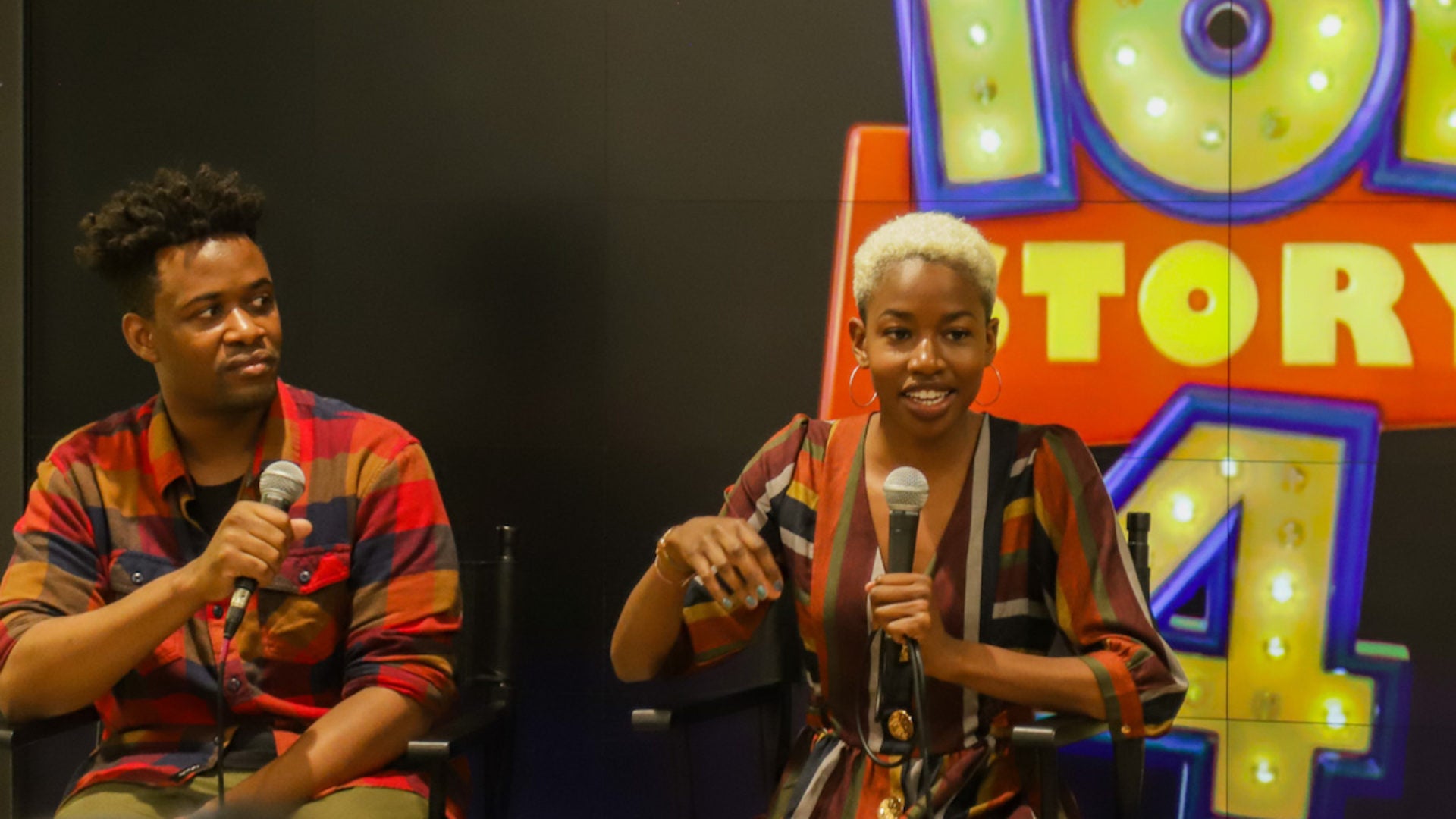
Ever wonder who the talented artists are behind some of your favorite animated characters? Well, as you head to the theater to take in Toy Story 4 this weekend, keep these names in mind: Aphton Corbin and Michael Yates.
Corbin and Yates are two storyboard artists at Pixar Animation Studios, who worked on the latest installment of the successful animated franchise, starring Tom Hanks and Tim Allen.
ESSENCE caught up with the pair earlier this month at the American Black Film Festival in Miami, where they answered questions on diversity in animation, what it’s like joining an established franchise, and the character they relate to most in the Toy Story universe.
ESSENCE: What does it feel like to work on one of the most iconic animated franchises ever created? Toy Story is a big deal.
Aphton Corbin: It’s both exciting, but also hugely intimidating because we’re standing on the shoulders of giants. I’ve grown up with these movies so…I really wanted to make sure that I did it justice.
Michael Yates: As a kid, I had it on VHS and was watching it all the time. Getting the chance to work on it was almost full circle, from really loving the films to being part of it. It was also a lot of pressure because they’re so good. Am I capable of making something that good? After a while you just get to the point where you’re like, this is what we’re doing and we’re going to try to make this as good as possible.
I’m sure on a successful franchise there are already certain methods established. When you come in do you just jump in and start creating, or do you get to find a little more space to find your groove?
Corbin: It’s a bit of both. There’s a lot of people who want to uphold certain traditions and make sure that we have that quality that we’ve always had, but there’s also a huge desire to do something new and innovative and fresh. It’s really crazy to work alongside people who weren’t on the very first one and to see them in action. There’s always something that you can add to bring your own style to the movie, and to make it something exciting for audiences who haven’t seen any Toy Story movies.
Do you encounter a lot of Black people or other people of color in animation or story creation; or is it a small group?
Corbin: For story? [Laughs] You’re looking at the Black story artists. It’s the two of us.
Yates: At Pixar, I was the only one for a while and then Aphton came in. But then in the other departments, there are more and more. It’s just harder because we don’t hire as many story artists. There’s like 50 of us in the entire studio and there’s maybe six to eight per movie.
Corbin: What we want to see onscreen is diversity. What happens is if we don’t have content that’s aimed at us, we assume that they don’t want to hear our stories, and Pixar is really trying to be like, ‘That’s 100% not what we want. So how do we change that so that we do see more Black people in our studio to help give great, amazing work as well?’ It’s a process that we’re trying to move through and we’re looking forward to it, and I think the CEO [Bob Iger] is very eager for it.
Yates: They want it. So I think it’s a great time if you’re interested in [animation].
You’re looking at the Black story artists. It’s the two of us.
How does working with a studio inform your own work?
Corbin: I try to keep them separate and apart, but obviously it leaks into the other because you learn from so many talented people and so a lot of those notes and those things that you gain, you naturally start to put in your own work, which is a positive thing. I also try to keep my stuff as raw as possible. We learn some really cool stuff, but what is the stuff that I like and what can I add to my work that I don’t have to water down for the sake of, I don’t know, trying to worry about how to make it have a perfect story arc, or whatever? Let me just do some weird stuff.
Yates: It’s a good mix…of learning from work, the craft stuff and then bringing that to my personal stories and stuff that I want to tell. [I’m always going back and forth with myself, saying], ‘Oh, I wouldn’t want to do this with my own stuff,’ and then sometimes there’s, ‘Oh, I did this cool thing in my own project. I wonder if this would help inform the film that I’m working on?’ And vice versa.
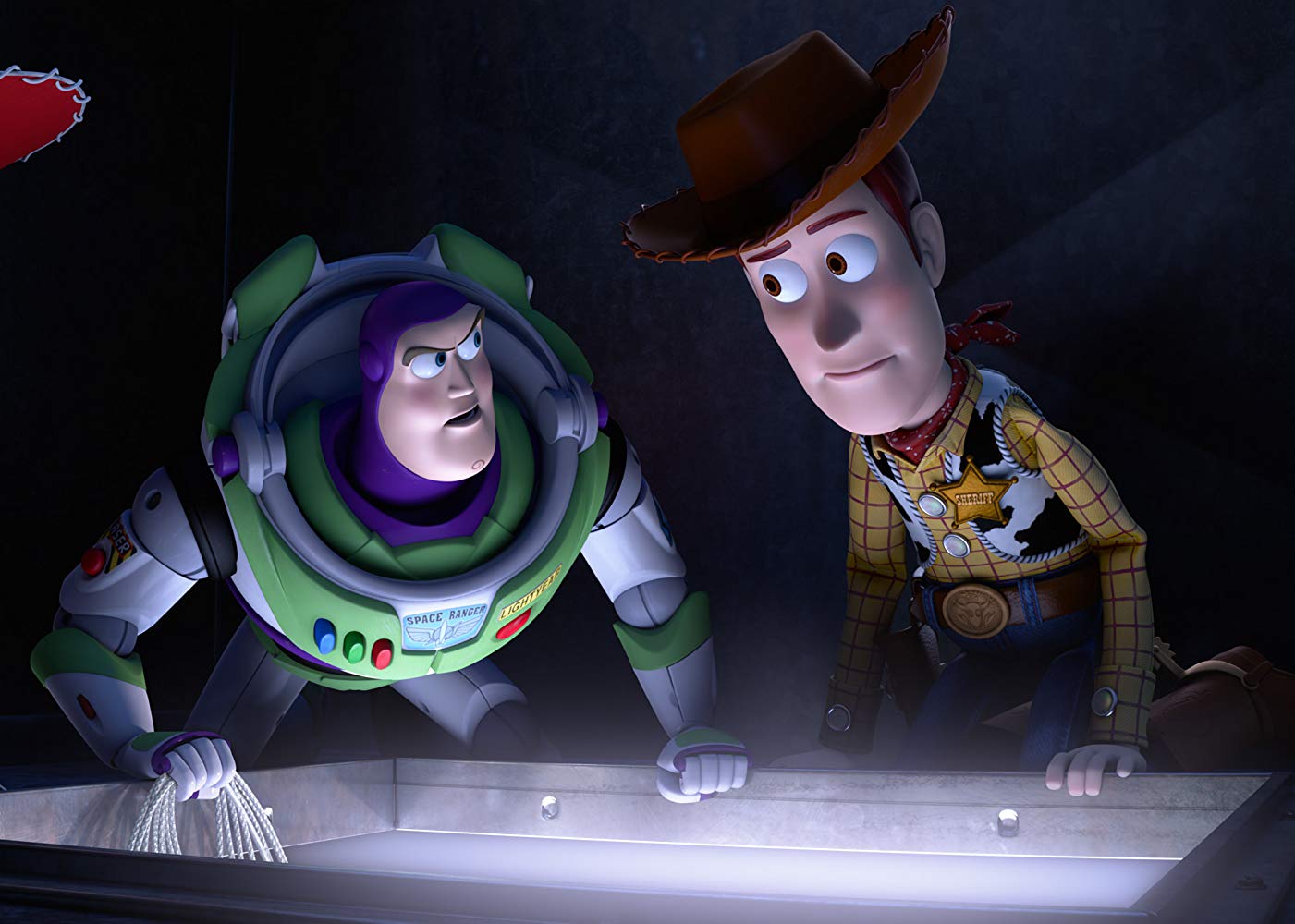
So which of the characters do you think most accurately represents your personality?
Corbin: I’d say Woody because he’s a natural born leader. [Laughs] No, I’m kidding. At least in the first [film], something about how anal he is and how his desire to have everything perfect, and the way he wants to run things, I think I do that whether I want to or not. There’s something about that that I can see in myself. You like him, but you also know that he’s wrong, and it helps you get through the movie with him and see where he’s going to go.
Yates: There’s two: I don’t know if I relate to them the most as myself, but the ones that I’m always looking out for are RC because on the first movie he helped them to get to the truck, and he does all this stuff and he gets none of the shine of it. I’m always looking out for RC. And then in this one, I think Bunny because he says the crazy stuff that nobody else wants to say.
This interview has been edited for clarity. For filmmakers interested in the world of animation, Disney recently opened applications for the Disney Launchpad: Short Incubator. The program gives six directors from underrepresented groups the opportunity to produce original live-action shorts for the chance to have their work shown on the company’s upcoming streaming service Disney+. Directors will also be paired with creative execs, who will provide guidance throughout the process. Apply and find out more information at launchpad.disney.com.
